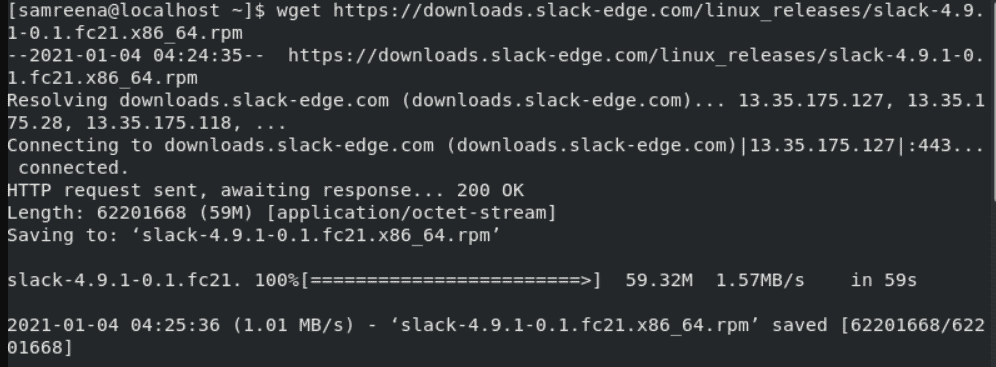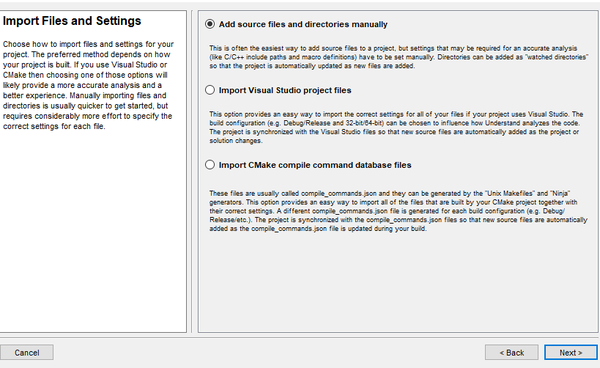
#NETATALK SRC RPM CENTOS INSTALL#
The RPM system, which is based on Red Hat Enterprise Linux, is used to install applications in Red Hat Enterprise Linux distributions. After performing another RPM query, the package will be available.

Note that the output option, -v, displays output, while the output option, -h, displays the hash marks that represent progress on the RPM upgrade. What Is The Command To Install Rpm Package In Linux?įor this step, please use the following command rpm -ivh: *package name. The SPECS directory contains the files required to construct each package. In the SOURCES directory, you’ll find the source, patch, and icon files. If you are creating a source package, it is best to put the binary package files in the RPMS directory. In the root directory of the source tree, there is a RPM build directory.

The rpmbuild tool searches for source files and patches in the RPM build directory to build the package. Using the rpmbuild tool is required when constructing an RPM.
#NETATALK SRC RPM CENTOS CODE#
A source RPM can be used to build a binary RPM package without having to download or install the source code manually. What Is Src Rpm?Ī source RPM is a RPM package that contains source code, documentation, and other files necessary to build a binary RPM package. Once the download is complete, you can use a program such as WinRAR or 7-Zip to extract the contents of the src.rpm file. If prompted, choose to save the file to your computer. Once you have found the src.rpm file you want, simply click on the link to download it.
#NETATALK SRC RPM CENTOS SOFTWARE#
To download a src.rpm file, usually you would go to the website of the software provider and look for the download section, or use a search engine such as Google to find a download link. If you know that all necessary packages have already been installed and RPM is simply being stupid, you don’t need to worry about your dependencies anymore. To ignore any dependencies that exist prior to installing the package, use option -nodeps (no dependencies check). The steps below will walk you through the process of installing an RPM package without any additional steps. The following command will extract and unpack the SRPM file from the spec file, which will then be followed by the installation of the RPM from the specfile’s instructions.

The rpmbuild –rebuild command is the simplest way to rebuild the SRPM. These files are frequently used in systems that use rpm data (for example, CentOS, Oracle Linux, and so on). A source RPM is a file that contains a tarball of source code, patches, or auxiliary files. It is not possible to manage Yum, but it is possible to manage dependency resolution. Test individual software packages in an efficient way with the RPM installation, uninstall, and query tool. You can determine the current value of the topdir by using rpm -showrc | grep topdir output. 4) After the installation is complete, you will find the source code of the program in the “/usr/src/redhat/SOURCES” directory.Īfter the source RPM is installed, the tarball, patches, and auxiliaries will be packaged and installed in the system directory. 3) Install the src.rpm file by using the command “rpm -ivh file_”.

2) Open the terminal and go to the directory where you have downloaded the file. Just follow the given steps: 1) Download the src.rpm file from any linux website.


 0 kommentar(er)
0 kommentar(er)
